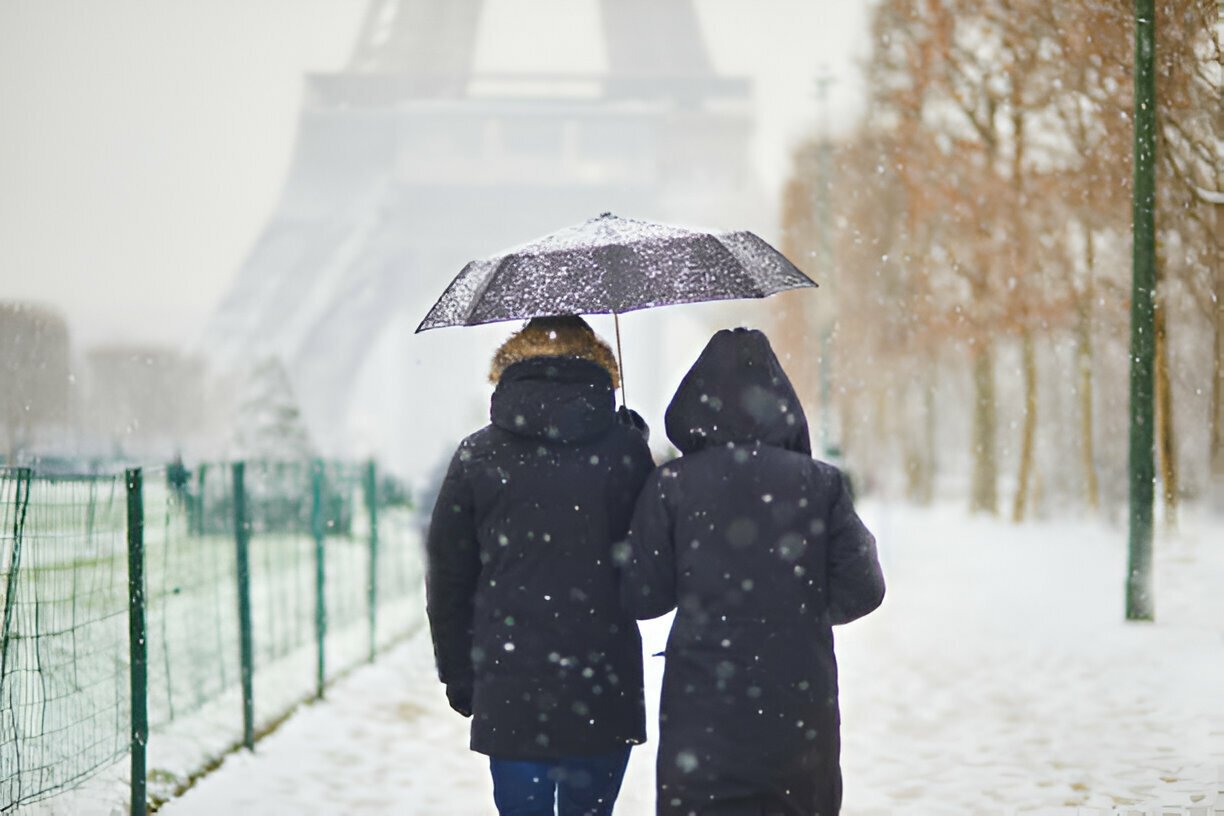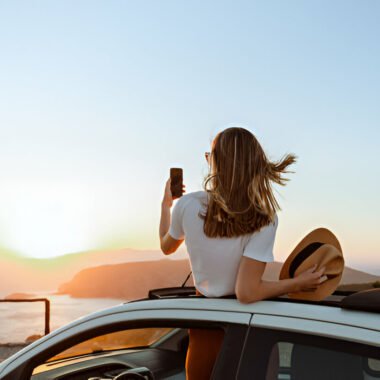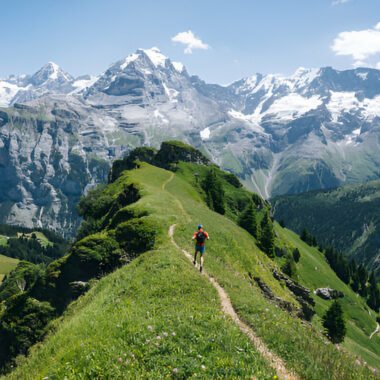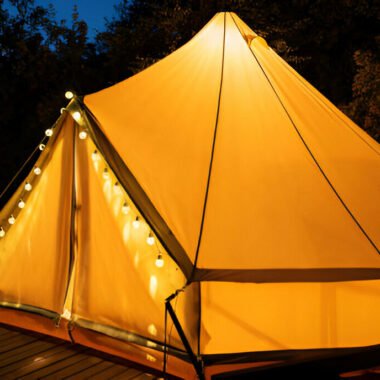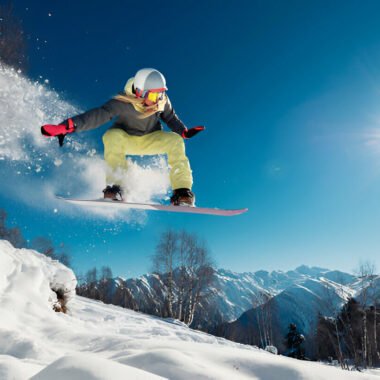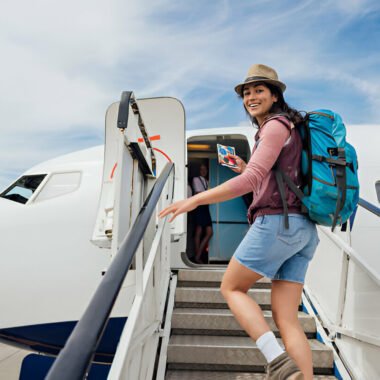Introduction
Traveling can be full of unexpected delights and challenges, and one such unique experience is witnessing the blend of rain and snow. This meteorological phenomenon, often referred to as “wintry mix,” offers travelers a rare and captivating view of nature’s versatility. Whether you’re a seasoned adventurer or a casual explorer, encountering rain and snow together can turn a simple trip into an unforgettable adventure.
Understanding the Phenomenon
What is Rain and Snow Mixed?
Rain and snow mixed, commonly known as sleet or wintry mix, occurs when snowflakes partially melt as they fall, creating a mixture of rain and snow. This combination can vary in intensity, sometimes leaning more towards rain and at other times resembling light snow showers.
How Does it Occur?
This phenomenon occurs when the atmospheric temperature hovers around the freezing point. Warm air masses cause snowflakes to melt into raindrops, while cold air near the ground refreezes these drops into ice pellets or sleet. The result is a fascinating mix of precipitation types.
The Science Behind Rain and Snow Mixed
Meteorological Conditions
The formation of rain and snow mixed requires a delicate balance of atmospheric conditions. Typically, a layer of warm air lies above a colder surface layer. As snowflakes fall through the warm layer, they melt into rain. If the surface temperature is still cold enough, these raindrops refreeze or remain as a slushy mix.
Seasonal Influences
This weather pattern is most common during the transitional seasons of late fall and early spring. During these times, fluctuating temperatures and changing weather systems create the perfect conditions for a wintry mix.
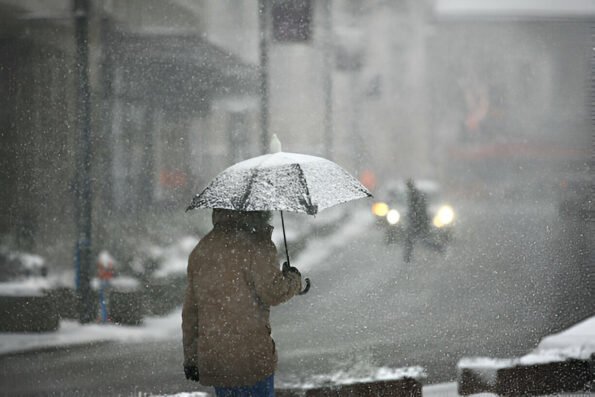
Traveling in Rain and Snow Mixed Conditions
Preparing for Your Trip
Traveling in rain and snow mixed weather requires careful preparation. Start by checking weather forecasts and road conditions regularly. Plan your route to avoid areas prone to severe weather and have an alternative plan in case conditions worsen.
Essential Gear
Packing the right gear is crucial. Waterproof and insulated clothing, sturdy boots with good traction, and layers that can be added or removed as needed are essential. Don’t forget to bring items like hand warmers, a thermos for hot drinks, and a weather-resistant backpack.
Top Destinations for Experiencing Rain and Snow Mixed
North America
In North America, regions like the Pacific Northwest, New England, and parts of Canada offer ample opportunities to experience rain and snow mixed weather. Cities like Seattle and Vancouver are known for their diverse and dramatic weather patterns.
Europe
Europe boasts several destinations where travelers can witness a wintry mix. The United Kingdom, particularly Scotland, and parts of Scandinavia, like Norway and Sweden, are ideal spots. The picturesque landscapes covered in a blend of rain and snow create a magical atmosphere.
Asia
In Asia, Japan’s northern regions, including Hokkaido and the Tohoku area, are famous for their snowfall and mixed precipitation. The blend of traditional culture and unique weather makes for an extraordinary travel experience.
Unique Activities to Enjoy
Winter Sports
Engage in winter sports like skiing, snowboarding, or ice skating. The mix of rain and snow can create interesting conditions on slopes and rinks, adding an element of excitement and challenge.
Scenic Drives
Take a scenic drive through regions experiencing this weather. The contrast of wet roads and snowy landscapes offers stunning visuals. Just ensure your vehicle is equipped for winter driving conditions.
Wildlife Watching
Wildlife tends to be more visible during this type of weather. Animals like deer, foxes, and birds are often out searching for food, providing excellent opportunities for wildlife enthusiasts.
Photographing the Rain and Snow Mix
Best Practices
Capturing the beauty of rain and snow mixed weather can be rewarding. Use a camera with weather sealing, or protect your equipment with covers. Focus on the contrasts and reflections created by the wet and snowy environment.
Ideal Equipment
A DSLR or mirrorless camera with interchangeable lenses is ideal. A tripod can help stabilize your shots in low light conditions. Additionally, carrying spare batteries is wise, as cold weather can drain them quickly.
Cultural Significance
Local Traditions and Festivals
Many cultures have unique traditions and festivals centered around winter weather. In Scandinavian countries, festivals like Sweden’s Lucia Day celebrate light during the dark winter months. Such events are enhanced by the magical atmosphere of rain and snow.
Stories and Myths
Rain and snow mixed weather often features in local folklore. In some cultures, it’s seen as a harbinger of change or a sign of good fortune. These stories add a layer of mystique to your travel experience.
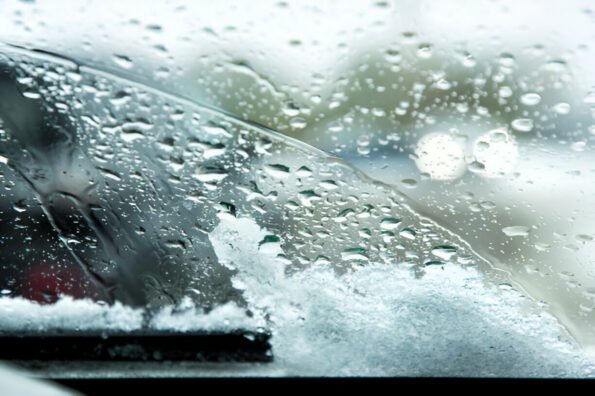
Health and Safety Tips
Staying Warm and Dry
Layering is key to staying warm. Start with moisture-wicking base layers, add insulating layers, and top it off with a waterproof and windproof outer shell. Keep your extremities protected with hats, gloves, and scarves.
Navigating Slippery Surfaces
Slippery roads and sidewalks can be hazardous. Wear shoes with good grip and consider using ice cleats. Walk slowly and deliberately, and use handrails when available.
Environmental Impact
Effects on Local Ecosystems
Rain and snow mixed weather can impact local ecosystems, influencing plant growth and animal behavior. It can also affect water levels in rivers and lakes, which is crucial for the surrounding environment.
Conservation Efforts
Many regions have conservation efforts in place to protect their natural habitats. Travelers can support these efforts by following guidelines, respecting wildlife, and minimizing their environmental footprint.
Personal Stories and Anecdotes
Travelers’ Experiences
Many travelers have memorable stories of their adventures in mixed weather. From surprise snowball fights in the rain to witnessing a rare winter rainbow, these experiences add a personal touch to their journeys.
Memorable Moments
One traveler recalls a hike in the Scottish Highlands where the weather shifted from sunny to a mix of rain and snow within minutes, creating a surreal and unforgettable landscape.
The Best Time to Experience It
Seasonal Variations
The best time to experience rain and snow mixed weather varies by location. Generally, late fall and early spring are ideal, but some regions might have unique weather patterns.
Timing Your Visit
Check local weather patterns and historical data to plan your visit. Some areas might have predictable periods of mixed precipitation, enhancing your chances of witnessing this phenomenon.
Packing Tips for Mixed Weather
Layering Techniques
Master the art of layering. Start with a thermal base layer, add a fleece or down mid-layer, and finish with a waterproof and windproof jacket. This approach ensures you stay warm and dry.
Waterproof Essentials
Pack waterproof boots, a rain jacket, and pants. Don’t forget a waterproof cover for your backpack and any electronic equipment you carry.
Local Cuisine and Comfort Foods
Warming Up with Local Delicacies
Sampling local cuisine is a must. In regions with cold, wet weather, comfort foods like soups, stews, and hot beverages are popular. These dishes not only warm you up but also offer a taste of local culture.
Must-Try Dishes
In Scandinavia, try a hearty bowl of reindeer stew. In Japan, a hot bowl of ramen is perfect for warming up. These dishes are both delicious and comforting in cold, wet weather.
Conclusion
Traveling in rain and snow mixed weather offers a unique and rewarding experience. From the science behind the phenomenon to the best destinations and activities, there’s much to explore and enjoy. With the right preparation and mindset, you can turn a potentially challenging situation into an unforgettable adventure.
FAQs
What should I wear when traveling in rain and snow mixed conditions?
Wear waterproof and insulated clothing, sturdy boots with good traction, and dress in layers to adjust to changing temperatures.
Are there any specific safety precautions to take?
Yes, be cautious of slippery surfaces, check weather forecasts regularly, and ensure your vehicle is equipped for winter driving.
How can I protect my camera equipment in such weather?
Use weather-sealed cameras or protective covers, carry spare batteries, and use a tripod for stability.
What are some recommended destinations?
Some recommended destinations include the Pacific Northwest, Scandinavia, and northern Japan, where you can experience the beauty of rain and snow mixed weather.
How do local cultures view rain and snow mixed weather?
Local cultures often have unique traditions, festivals, and stories that highlight the beauty and significance of this weather phenomenon.

